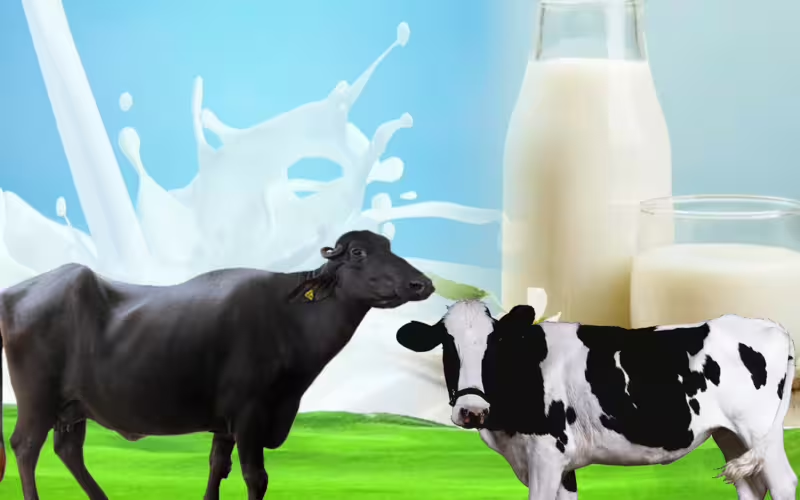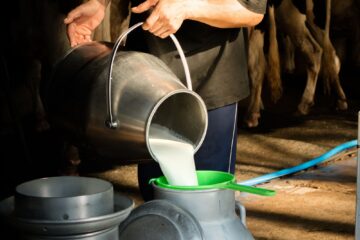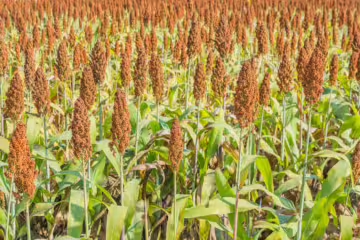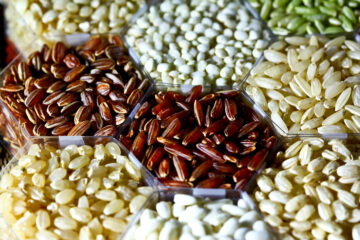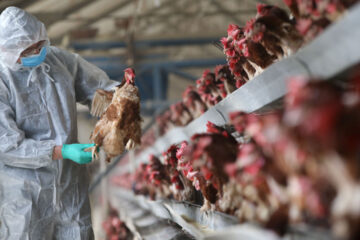India ranks first globally in milk production, a feat achieved through the White Revolution. With 13.9% of the world’s cows (38.5 million) and 64.4% of the world’s buffaloes (58.5 million), India dominates the global milk supply. Of the total milk produced in India, 55% comes from buffaloes and 40.5% from cows.
Milk, a natural secretion from mammary glands, is nutritionally similar across mammals, though the quantity of nutrients varies by species. While buffalo milk appears white, cow’s milk is pale yellow due to carotene and xanthophyll pigments.
The two types of milk differ in various physical and nutritional properties. For instance, high-quality cow’s milk typically shows a lactometer reading of 26-28, while buffalo milk reads 29-32. Similarly, the density of cow’s milk ranges between 1.026-1.028, and buffalo’s between 1.029-1.032. When milk shows a lactometer reading below 25, it suggests possible water adulteration.
Buffalo milk contains more fat than cow’s milk, with fat content ranging from 5-9% in buffalo milk compared to 3-5% in cow’s milk. The fat content is the primary factor determining the price of milk. Along with higher fat, buffalo milk is rich in fat-soluble vitamins like A, D, E, and K, as well as essential fatty acids like palmitic, linoleic, and linolenic acids. These fatty acids are crucial for brain development and have cancer-preventing properties.
Buffalo milk also has a higher concentration of butyric acid, making it foamier and ideal for producing value-added dairy products like butter, ghee, and khoya. The rich texture of ghee and khoya is attributed to buffalo milk’s high fat content.
Contrary to popular belief, buffalo milk does not necessarily contain more cholesterol than cow’s milk. In fact, 100 grams of buffalo milk fat contains 235-248 mg of cholesterol, while cow’s milk fat contains 317-413 mg.
Buffalo milk also boasts a higher protein content, including immune-boosting proteins and non-fat solids, making it more nutritious. Additionally, buffalo milk is rich in lactoferrin, an iron-based protein with antimicrobial properties, and lactose, which is particularly effective in preventing breast cancer.
Calcium and vitamin E (tocopherol) are found in greater quantities in buffalo milk compared to cow’s milk. Buffalo milk has 334.21 micrograms of tocopherol per kilogram, compared to 312.3 micrograms in cow’s milk, which is essential for fertility.
Conclusion
Buffalo milk surpasses cow’s milk in several aspects, including higher nutritional content, lower production costs, longer shelf life, and better efficiency for value-added products. Despite these advantages, cultural and religious practices in India often favor cow’s milk.
Dr. M. Sudha, Associate Professor and Head, Department of Livestock Products Technology, Veterinary College and Research Institute, Theni – 625 534.

